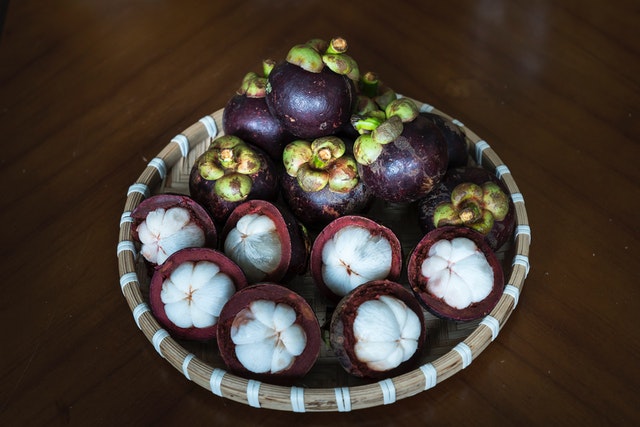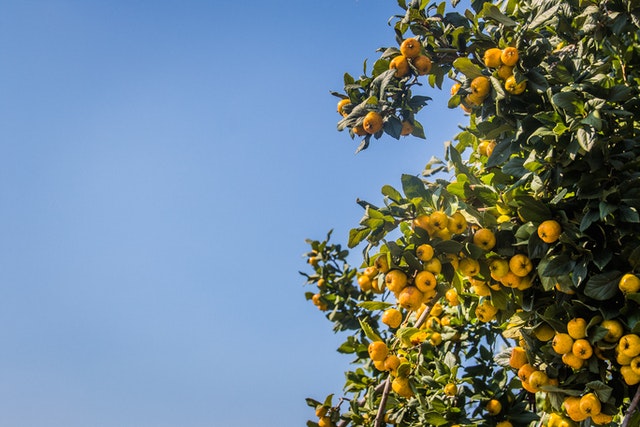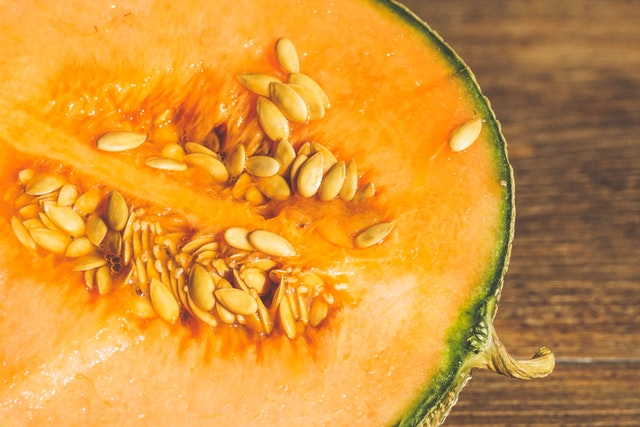I don’t know about you, but I could snack solely on fruits all summer and be happy about it. I typically stick to the traditional fruit selections like bananas, strawberries and watermelon. But this year, I’ve decided to branch out and expand my fruit selections. I highly encourage you to do the same! Here are some of the most underrated fruits for summer that I think you should try.
Mangosteen

You’ve probably enjoyed mangoes before, but what about mangosteen? This unusually-shaped fruit resembles a flower on the inside, while on the outside looks a bit like a huge grape. Mangosteen is commonly used in supplements because it is tasty and has a high antioxidant content. In addition, the flesh of the fruit is delectably sweet and quite juicy.
The problem with mangosteen is that it’s challenging to find. It’s also relatively expensive. I can get it at my local grocery store every so often, though I’ve had more luck finding it at local health food stores.
Rambutan Fruit

I see rambutan fruit in my grocery store occasionally, but I never purchased it until recently because it doesn’t look appealing. The outside looks like it is covered with some sort of spiky hair. But don’t let the unsightly exterior fool you. The inside is sweet and a little sour (similar to a grape). It’s also very tender and full of antioxidants and vitamin C.
Kumquat

You’re more likely to find kumquat in your local grocery store this summer than some other exotic fruits mentioned here. Though the name sounds silly, the fruit is quite delicious. The nutritional profile of kumquat is similar to that of oranges.
Kumquats are small and oval-shaped. Yet, they are chock-full of many nutrients, including vitamin C, potassium, calcium and magnesium. Even the peels are edible and hold much of the nutrients and dietary fibers these cute little fruits have to offer.
Cantaloupe

Watermelon is a favorite summertime treat, and it’s easy to see why. It is sweet, juicy and so refreshing to eat in the summertime heat. But one of my new favorite summertime fruits is cantaloupe. It is also a very juicy and refreshing fruit (which is unsurprising, considering it’s almost 90% water!) They also have a mild, slightly sweet taste that is deliciously appealing.
But besides their great taste, cantaloupes are also known for their anti-inflammatory properties. They contain choline and other anti-inflammatory phytonutrients that can help you feel your best all summer long. The nutrients in cantaloupes can also boost eye health and may decrease asthma symptoms.
Jackfruit

Have you ever seen those huge, spiky greenish-yellow fruits at the store and wondered how in the world you could even get at the fruit inside? Well, guess what? I decided to try jackfruit this year, and I was fairly impressed. This fruit is the largest tree-borne fruit in existence. Produced in Bangladesh, this fruit is bursting with immune-boosting nutrients such as vitamin A, lutein, beta-carotene and zeaxanthin.
If you’re up to the task of cutting through one of these huge fruits, your reward will be a huge chunk of fruit that will last you quite a while. When it’s ripe, jackfruit tastes a little like a banana mixed with pineapple. But don’t let it get too ripe, or it smells terrible.
Many people put jackfruit in curries and other similar dishes because it tends to take on the flavor of whatever it is added to. It’s a fairly mild fruit that maintains its texture well when cooked.
Try a New Fruit This Summer!

There you have it—some of the most underrated fruits to enjoy this summer. So pick up one or two the next time you see them at the grocery store and benefit from the many nutrients these delicious fruits can provide.







